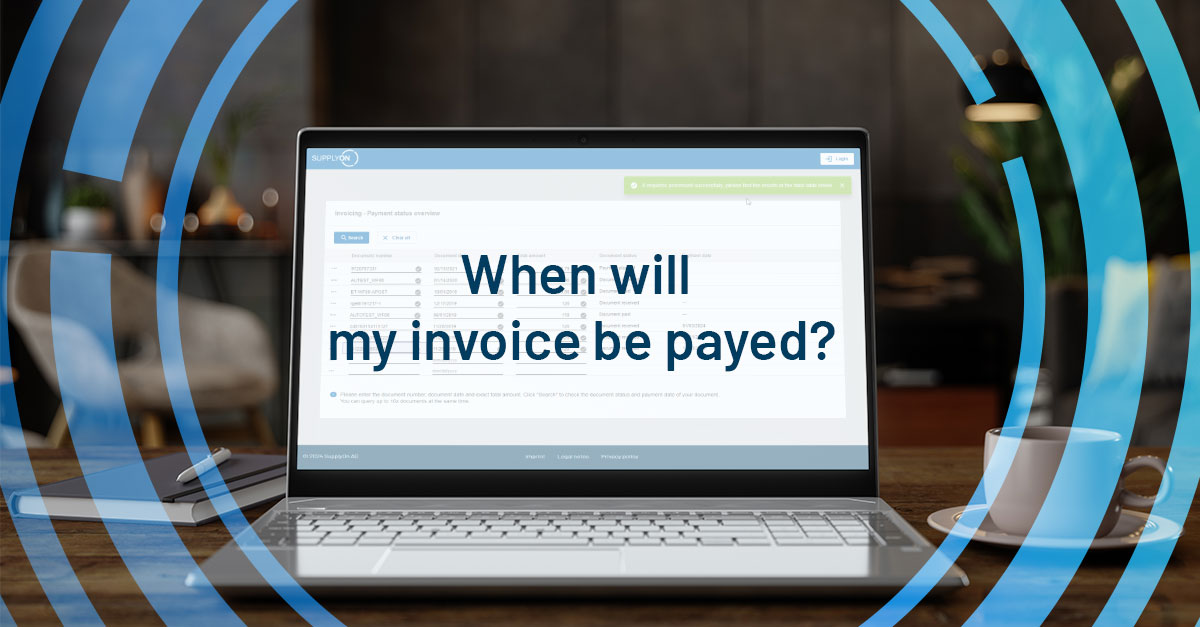Survey: How to benefit from electronic invoicing

Despite all the buzz over catchwords like Industry 4.0, automation and digital transformation, when it comes to invoicing, we still live in a mainly analogue, non-electronic, non-automated world. Even today, at the close of 2019, the majority of invoices is sent in paper or unstructured formats. Formats that cannot (or hardly) be processed electronically. This has considerable consequences for companies, locking up resources, time and money. To gain a clearer picture on the real effects of e-invoicing, we conducted a scientific survey.
In this research, we surveyed 788 professionals from Europe, the Americas and the Asia-Pacific (APAC) region on the status of electronic invoicing in their companies, its impact on financial indicators (KPIs) and related processes. The majority of the participants was handling invoice creation or processing in the accounting, procurement and logistics departments.
On an international scale, we see that the country of origin or region of a company surely influences its financial processes and all related metrics. In Europe, for example, and specifically in Germany, invoice processing is typically faster than in America or Asia.
Overall benefits of electronic invoicing
In general, the e-invoicing effect on financial performance indicators largely depends on several factors, such as the company’s customer and supplier ecosystem. Furthermore, the automation level of the P2P process has a positive impact on financial metrics and process factors such as archiving effort, error rate and the number of queries.
An automatic data transfer from the purchase order to the invoice (PO flip) significantly reduces errors and auditing efforts for the invoice issuer and recipient. For the invoice recipient, the higher the auto-booking rate, the more time is saved on invoice verification and accounting. This is thanks to the fact that a large proportion of invoices is released, booked and paid fully automatically.
Quantities matter
Typically, companies with a higher invoice volume per month increase their savings through e-invoicing. The steps needed for invoice creation or processing can be skipped or condensed for every single invoice. This effect thus multiplies across all invoices.
Furthermore, the longer one uses electronic invoicing, the greater its impact on savings. As the process runs smoothly and potential subsequent or preceding steps might also have been optimized, digitized and automated, the savings are higher.
In our research, we found a similar effect on savings for the number of a company’s employees. Large companies usually have more structured and digitized processes in place. Also, the invoice volume typically increases with the size of a company. Consequently, they benefit more from a digital solution than smaller companies with only a few employees do.
Inbound savings stronger than outbound ones
We found the effect of electronic invoicing is generally even more beneficial for the inbound side, i.e. the invoice recipient, than for the outbound party, i.e. the invoice issuer. Notably, the average processing time for outgoing electronic invoices is slightly longer than before.
One of the reasons for this is that errors and deviations that were previously detected at a later stage and led to laborious correction processes become now immediately evident and need to be corrected directly during the invoice creation. Also, the use of multiple e-invoicing standards and solutions for different customers may play a role here. In addition, efforts can increase if the customer’s e-invoicing solution is not integrated into the invoice issuer’s ERP, which in turn leads to parallel processes in his financial accounting. Nevertheless, the positive effects of electronic invoices prevail.

This is also highlighted in the following video by GKN Aerospace, describing the positive effects they’ve gained from e-invoicing as a supplier:
Data quality is key
Ensuring consistently high data quality is a vital and indispensable prerequisite for the successful use of electronic invoicing. Otherwise, missing or false information must be corrected manually. Often, master data is outdated, inconsistent or incorrect. In these cases, companies would benefit significantly less from electronic invoicing.
Poor data quality impacts even more on fully automated process chains with electronic and automated subsequent processes. Manual data transfer and media disruptions slow down the process and lead to an increasing number of errors. Digitizing and optimizing the entire supply chain helps to tap the full potential of electronic invoicing.




